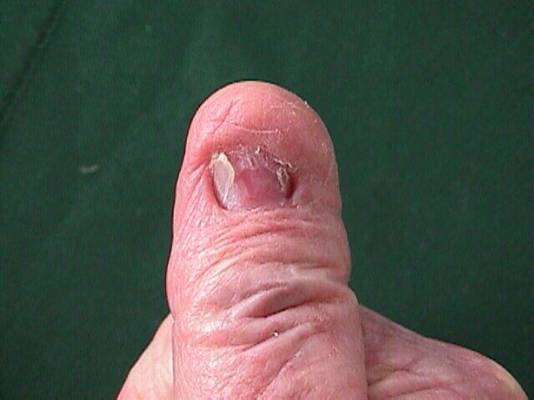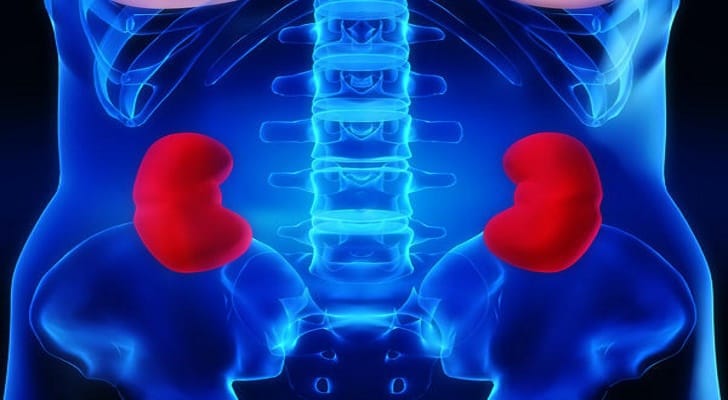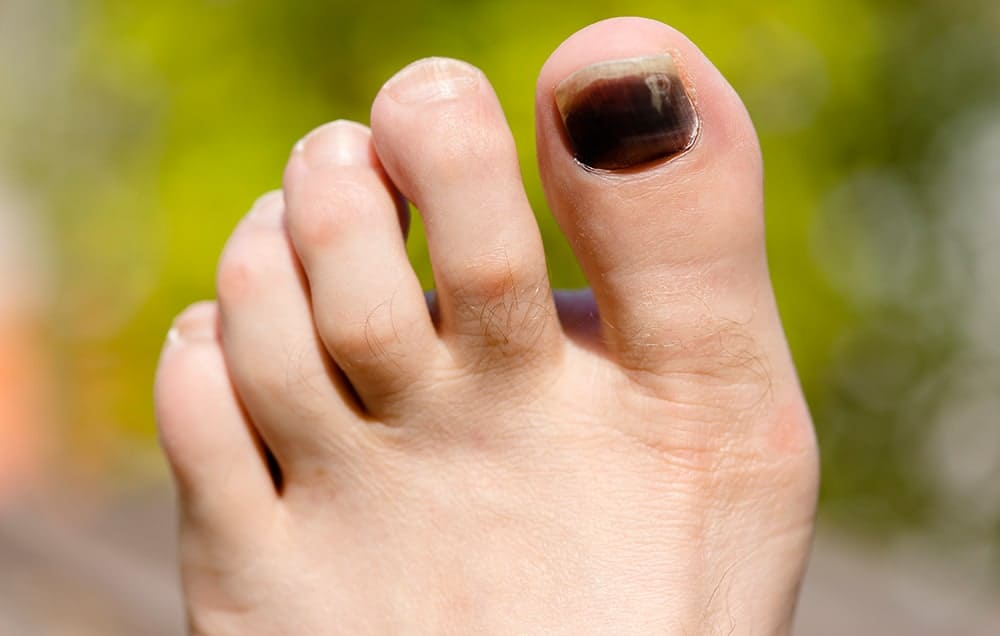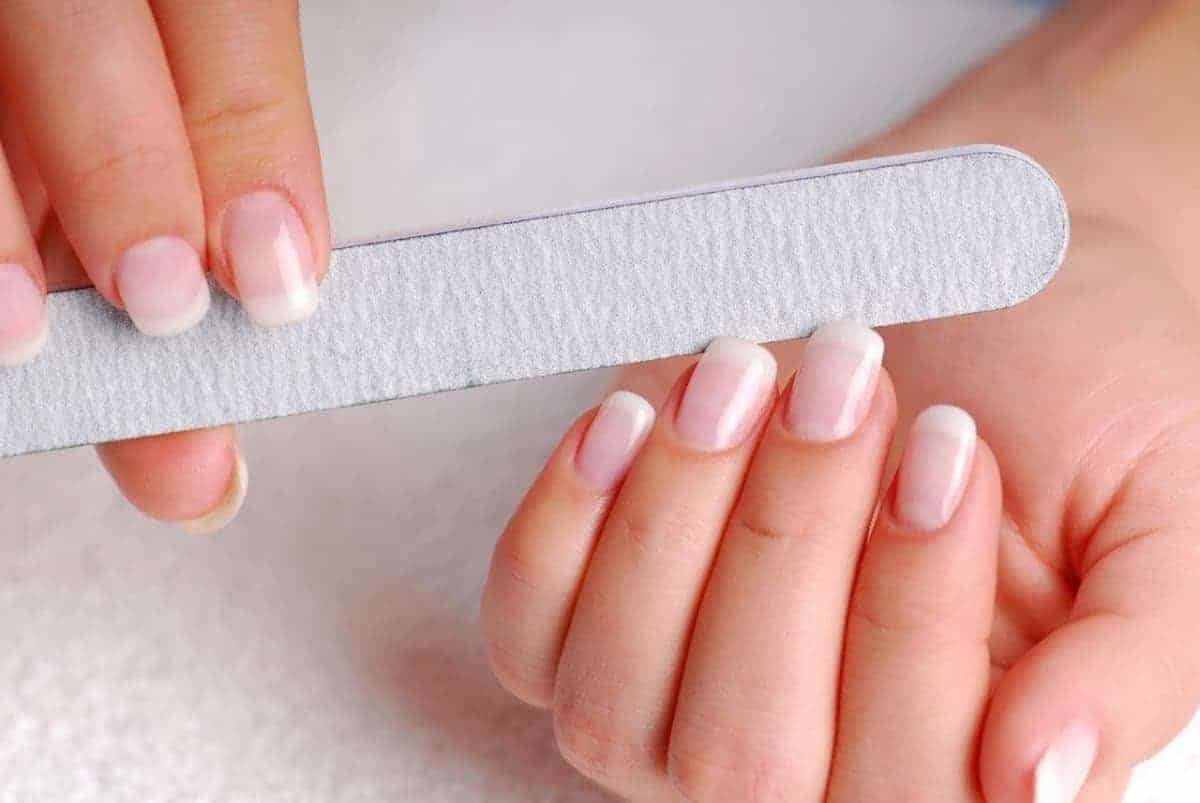Nail-Patella Syndrome: Recognise It Before Its Too Late
For a genetic disorder, the Nail-Patella Syndrome (NPS) is curiously misnamed. Of course, the nails are certainly a casualty of this ailment, as also some other body parts such as the elbows, pelvis and the knees.
In some cases, as we shall see later, the eyes too are affected. Given that the ailment is genetic, it manifests in subsequent generations, but not necessarily in the same way. In fact so diverse are the manifestations of this disease that it remains undiagnosed for several generations.
What Is Nail Patella Syndrome?

The nail-patella syndrome is also known by a number of other names, although they all refer to the same condition.
Some synonyms include Hereditary Onychoosteodysplasia (HOOD), Turner Kieser Syndrome, Fong disease and arthro osteodysplasia. Let us understand fully the causes and the implications of this syndrome.
Candidiasis of Skin & Nails – All You Need to Know
What Causes NPS?
The nail-patella syndrome is essentially a genetic disorder, caused by autosomal dominance. This means that the presence of a single gene (and not two of them as is customary) is adequate to bring about the malady in eth offspring.
By that logic, the chances of contracting the ailment if a single parent is afflicted are as high as 50%. As per some studies, nearly 88% of the affected population would have contracted the ailment from an afflicted parent, while the rest would have undergone some form of genetic mutation.
The malady is not contracted from any other agent. Although studies are still underway, the LMX1B is the only gene reported to be responsible for this ailment. This gene monitors the development of the protein which provides direction to the growing limbs of the embryo.
What is Spoon Nails (Koilonychia)?
Symptoms of Nail-Patella Syndrome
There are many ways in which this ailment shows up in patients. Some of them are as follows:
Nail Abnormalities

This is the most consistent symptom of the NPS. Usually the fingernails – and especially the thumbs – are impacted by this genetic disorder, and not the toenails. With age, the symptoms worsen from eth thumb to the nails on the last digit.
The nails are characterized by poor development (a condition known as dysplasia), showing signs of pitting and ridging. Often they appear to be wholly absent or may be present in a rudimentary firm towards the cuticle.
They are also discolored and split. Patients suffering from this syndrome usually have a triangular nail lunula, rather than the traditional crescent-shaped ones.
Skeletal Abnormalities

After the nails, the kneecaps (or the patellae) are the most common victims of the NPS. The knee caps are badly formed and weak and irregular or may even be wholly absent (a condition is known as hypoplasia), Some patients also report a dislocation of the patella.
The elbows, on the other hand, maybe protruded – a condition called cubitus valgus. Often such patients have a tough time keeping their hands straight like turning their palms upwards. This happens when the radia are badly formed; such patients also exhibit a patch of webbed skin at the point where the elbow bends.
In the pelvic region, the iliac bones may have horn-like projections, which can be seen over the skin. In some forms of nail-patella syndrome complications, the shoulder blades may be underdeveloped, and the spine itself may be curved (a condition known as scoliosis).
10 Most Common Nail Diseases And Disorders
Eye Problems

Some patients with glaucoma also suffer from glaucoma. This happens due to the increase in the fluid pressure behind the eye caused by the blockage of the outward movement of the said fluid (also known as the aqueous humor) from eye’s front chamber.
If left untreated, it can eventually lead to blindness. Another kind of eye trouble associated with nail-patella syndrome is Lester’s Sign. This condition is evidenced by a clover-leaf shaped patch forming at the inner edge of the iris and general darkening of the iris. This, thankfully, does not impair vision in any way.
Kidney Problems

Approximately 30-50% of the patients of patella syndrome also report kidney problems, which arise either due to the wasting away of the renal tubules or the swelling and eventual degeneration of the capillaries that are responsible for filtering the body blood in the kidneys.
The most common and visible symptoms of the NPS include traces of blood in the urine, skin edema or high blood pressure. The strange fact is that it may remain undetected even in the patient himself or herself.
There are cases of early diagnosis in early childhood as well as late in life. The ailment is diagnosed based on laboratory tests, clinical observations, imaging techniques, and the patient’s body and family history.
Learn What Vitamins Are Good for Your Nails
Treatment of the nail-patella syndrome requires a concerted effort by a group of specialists, each targeting a particular affected area of the body. in some cases, surgery may help alleviate some of the issue, if not all. Having said that, it is always beneficial for the patient to have the diagnosis made as early as possible.





